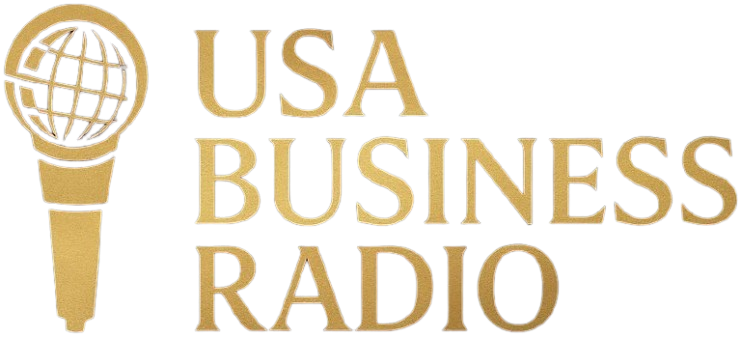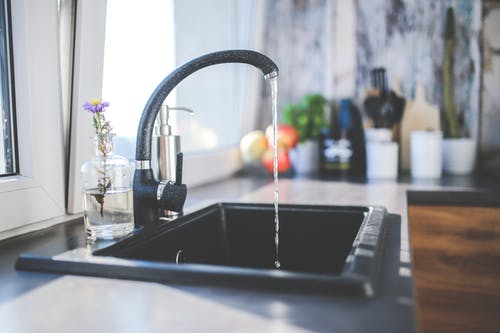Most homes and commercial setups have drinking water flowing from the main lines to the taps through pipes under pressure. Usually, the flow takes one direction, while in some case it moves reversely, backflow. The leading causes of such issues include water sources breaking or high needs in the fire hydrants. In the event of backflow, nonpotable water takes backward direction and may contaminate the water supply. The article tells more about backflow testing, so read on!
What is Backflow Testing?
The backflow components consist of check valves, springs in a set, and sometimes a relief valve. Every one of the internal mechanical parts needs annual testing and maintenance. For the period of backflow testing, the whole assembly gets pressurized, and every piece removed. In this way, the system guarantees a satisfactory operating level. There are requirements of the check and relief valves to get over the analysis. For instance, must have a least possible pressure and open before attaining a specific pressure differential. After that, repairs are necessary in case the standards will not be present.
Without maintained pressure in the water system, there are threats of backflow happening. In the end, the water has high chances of getting contaminated. Backflow testing, therefore, checks the safety and health devices intended to keep water pureness. The process also helps avoid water pollution or contaminants.
Yes, some plumbing teams have the training and license to set up, test, restore and document backflow certification of the back-flow avoidance devices. With such experts, the testing aspects get handled for your home with a technician who inspects and give the paperwork to your water providers. In case your unit does not pass the examination, the technician gives options of either repairs or replacement. Following such recommendations, your system becomes compliant to the local authority requirements.
Why Must You Consider Backflow Testing?
The plumbing standards put by Municipal and Countries call for the fixing of backflow preventer. The installation must be in many commercial buildings and residential homes. In such places, there are high chances of backflow water getting drawn into the drinking water lines. The size and complication of the devices will match particular back-flow risks occurring in every situation.
Since you need to protect the water supply line, there is a need for annual testing. When you have the preventers in your buildings, the risks of contamination gets reduced and so the health status in your home maintained. Such standards and requirements are everywhere and mean that plumbers across the countries perform the analysis. The differences in every case determine the type of device and system applied. Also, the place it gets installed will be exclusive to your building.
Backflow testing, thus, lets every homeowner decide whether there is a cross connector as well will require a prevention device. Well, when you have your equipment installed, the process of testing defines the ability to work correctly. In case, you selected the proper type for your building; you get to know and run the analysis confidently.
What are the Types of Backflow Testing Devices?
Some of the available kinds of backflow preventers are simple and sophisticated devices. The systems often have a wide range of the check valves. Such valves prevent the backflow of water to your water source. That provides clean water through the time’s water pressure is uneven or fluctuating. The functionality of the supply system remains unaffected.
The backflow preventers or strategies are a must have in local houses as well as plumbing codes. The common ones include air gaps, referring to space in the water storage space. That joins to the plumbing systems and any check valves, preventing backflow to the home. The water in turn only flows in a particular direction.
Why Is Backflow Testing Required?
The many state guidelines necessitate for testing of the backflow prevention devices annually. The instruments used helps retain the water which passes through to the plumbing system. The flow goes further and cannot come back into the primary water source. In the end, the quality plus safety of your drinking water not compromised at all.
Like other parts of any machine, backflow preventers come with parts which experience tear and wear. So, the yearly backflow tests ensure your home’s drinking water supply stays safe. In case, you have no certainty if your system requirements a backflow assembly or the analysis, the functions are evident. No cross-connection of clean and dirty water from outside water sources will flow to your home.
The bottom line is, working with fully certified and insured plumbing specialists are useful to your home. With the presentable and experienced technicians, you remain with a peace of mind in preventing backflows. Not only will you comply with the expectations of the water authorities of installing backflow testing devices, but your water safety is also not at a threat either. Majority of the backflow systems need an annual inspection to validate the right operations. The testing process, therefore, is mandatory and having wrong implementation actions against homeowners who fail to do it well.




